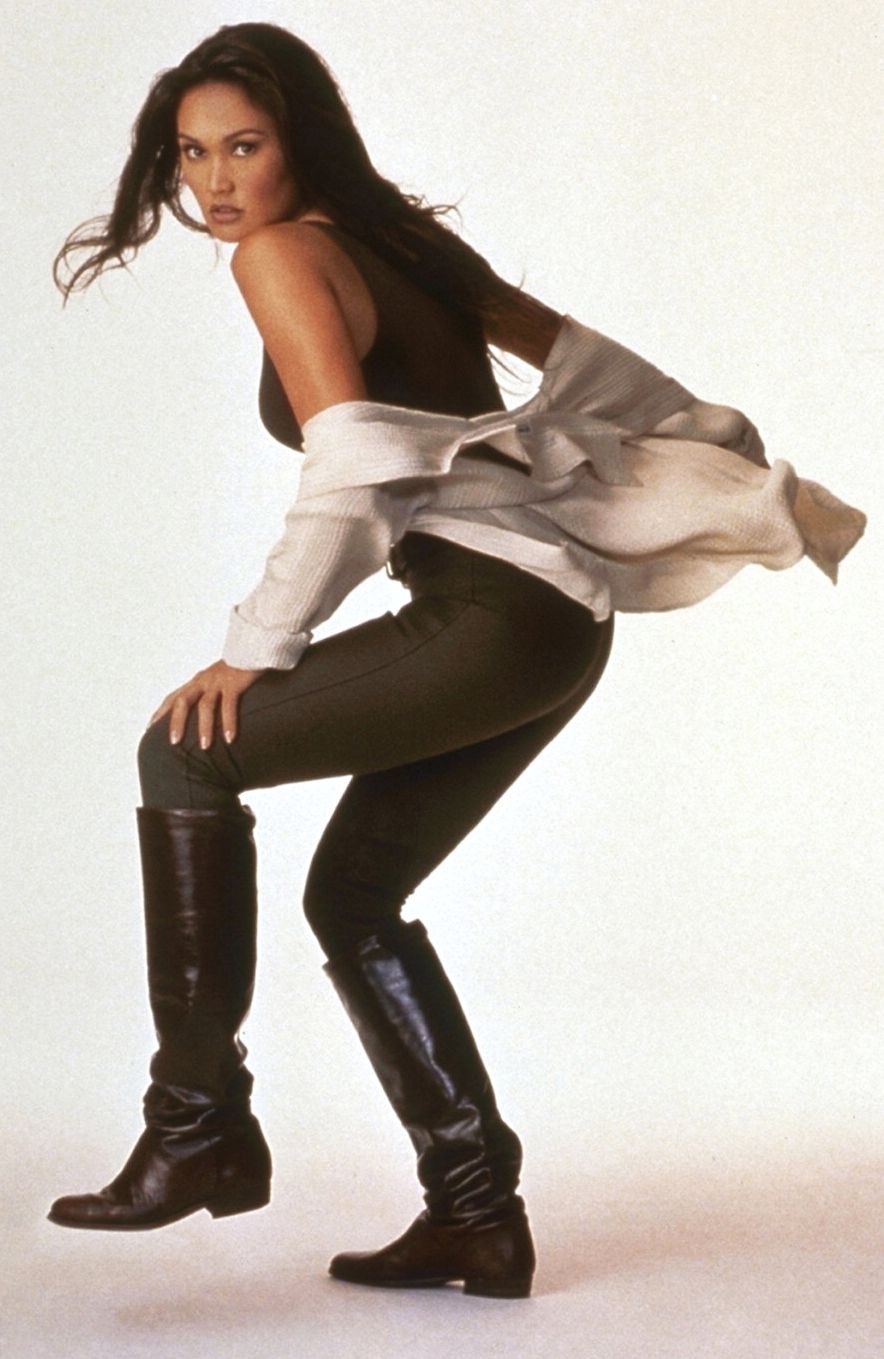★★★
“Battered wife = comedy gold. Or not.”
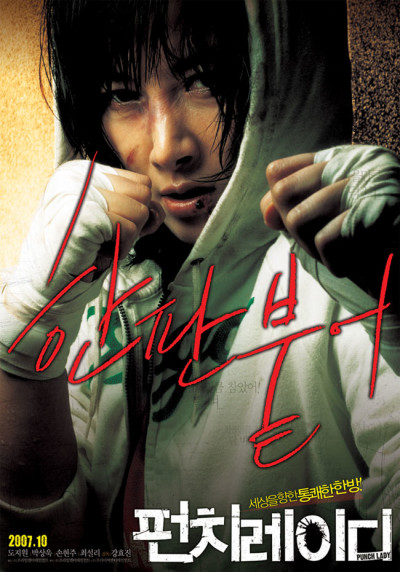 Not unlike The Opponent, this centers on a battered woman, who takes up the pugilistic arts in an attempt to regain control of her life. The big difference here is that, for a great chunk of its running time, this is played for laughs. Yeah: spousal abuse as a topic for broad comedy. Oh, those wacky Koreans! Sarcasm aside, it makes for somewhat uncomfortable viewing, simply because such an approach would be almost inconceivable as a mainstream project in the West, due to the backlash. And this certainly was mainstream in Korea, getting a wide, national release – though it bombed, with its box-office performance described as “shockingly bad.” So maybe the Koreans aren’t quite as different from us after all…
Not unlike The Opponent, this centers on a battered woman, who takes up the pugilistic arts in an attempt to regain control of her life. The big difference here is that, for a great chunk of its running time, this is played for laughs. Yeah: spousal abuse as a topic for broad comedy. Oh, those wacky Koreans! Sarcasm aside, it makes for somewhat uncomfortable viewing, simply because such an approach would be almost inconceivable as a mainstream project in the West, due to the backlash. And this certainly was mainstream in Korea, getting a wide, national release – though it bombed, with its box-office performance described as “shockingly bad.” So maybe the Koreans aren’t quite as different from us after all…
The heroine is Ha-eun (To), who has the misfortune to be married to Joo-Chang (Park) and his vicious temper. Worse still, he’s a champion in mixed martial-arts, and doesn’t hesitate to use his ring skills on her and their daughter (Choi). But when he kills an opponent, an ex-boyfriend of Ha-eun, she storms the post-fight press conference, berating him and challenging him to fight her in the ring, rather than outside it. He agrees to do so, with one hand literally tied, and the custody of their daughter going to the winner. No legitimate trainer will touch her, but she finds a much more dubious coach in Soo-hyeon (Son), who is actually her daughter’s Math teacher, and is about to turn the gym into a nursery. However, funded by her ex-boyfriend’s life-insurance policy, of which she was the beneficiary, Ha-eun makes Soo-hyeon a generous offer. He accepts, taking classes at from Joo-chang’s gym, so he can stay one step ahead of his pupil as he trains her for the big fight.
Of course, a huge amount of disbelief needs to be suspended here, not least in the assertion that any legitimate MMA organization would sanction such a match – nothing good could come of it – or that someone (regardless of gender) could go toe-to-toe with an MMA champion, after only a few weeks of training from a clueless adviser. Not happening. It’s also hugely uneven in tone, an almost inevitable flaw as a result of the decision to take the story and treat it largely as the basis for goofy antics. This is at odds with the opening, and also the battle at the end, which is genuinely uncomfortable to watch, as Joo-Chang beats the shit out of Ha-Eun (at least initially; I don’t think saying so deserves classification as a spoiler). I have to say, Kang does a fabulous job of shooting the fight itself: whatever the other weaknesses, he nails it, keeping things interesting and tense throughout. The rest, however, probably needed to go in some different directions to be successful; perhaps, play up the media hysteria more. That said, I think I can say, with a fair degree of confidence, you won’t have seen anything quite like this, and even for that alone, this deserves credit.
Dir: Hyo-jin Kang
Star: Ji-Won To, Sang-Wook Park, Hyeon-ju Son, Seol-ri Choi





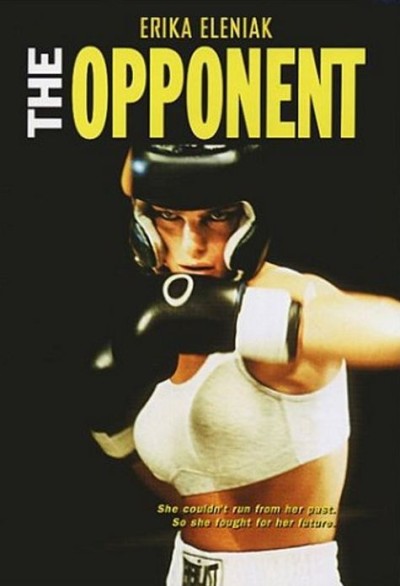 Patty (Eleniak) is in an abusive relationship, but finds an outlet through an unconventional source – boxing. This comes through her friend June (Ellis), who works occasionally as a ring-girl for a promoter (Doman). One of his fighters is Tommy (Colby), a part-time boxer whose main source of income is as a limo driver, but also helps run a gym in the upstate New York city of Troy, which helps keep the local kids out of trouble. Reluctantly, he agrees to train Patty, who develops, not only physical strength as a result, but the self-confidence to handle her situation.
Patty (Eleniak) is in an abusive relationship, but finds an outlet through an unconventional source – boxing. This comes through her friend June (Ellis), who works occasionally as a ring-girl for a promoter (Doman). One of his fighters is Tommy (Colby), a part-time boxer whose main source of income is as a limo driver, but also helps run a gym in the upstate New York city of Troy, which helps keep the local kids out of trouble. Reluctantly, he agrees to train Patty, who develops, not only physical strength as a result, but the self-confidence to handle her situation.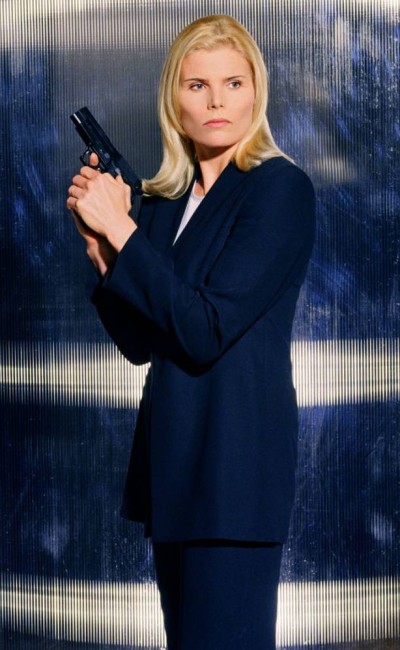 The low score for this is partly not entirely the film’s fault. Despite the title, it’s actually the third entry in a series of TV movies – following First Daughter and First Target. All focus on blonde Secret Service agent Alex McGregor, charged with protecting the President and his family. However, only this one is available on Netflix, which is where I picked it up: had I known in advance, I would likely have started at the beginning. Certainly, the abundance of references to events prior to the start of this movie becomes explicable – if no less irritating – and this might well make more sense if you’ve seen, in particular, First Daughter. The makers seem largely to ignore the second entry, First Target – perhaps because the role of McGregor there was played by Daryl Hannah, after Mariel Hemingway turned down the role she had played in #1. She returned here,
The low score for this is partly not entirely the film’s fault. Despite the title, it’s actually the third entry in a series of TV movies – following First Daughter and First Target. All focus on blonde Secret Service agent Alex McGregor, charged with protecting the President and his family. However, only this one is available on Netflix, which is where I picked it up: had I known in advance, I would likely have started at the beginning. Certainly, the abundance of references to events prior to the start of this movie becomes explicable – if no less irritating – and this might well make more sense if you’ve seen, in particular, First Daughter. The makers seem largely to ignore the second entry, First Target – perhaps because the role of McGregor there was played by Daryl Hannah, after Mariel Hemingway turned down the role she had played in #1. She returned here,  Purely coincidental that I viewed this not long after
Purely coincidental that I viewed this not long after 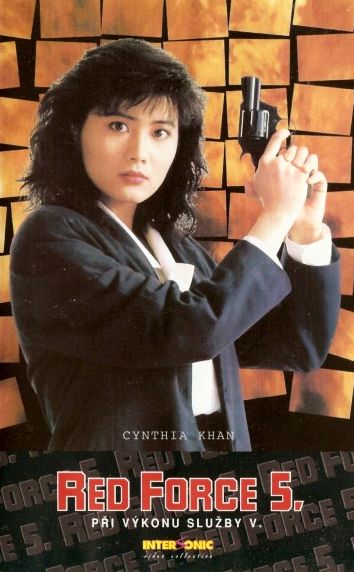 After the magnificence of Donnie Yen and Khan in its insane predecessor, the fifth installment was always going to have a tough job living up to the same standard. On its own terms, it’s perfectly reasonable, but certainly suffers in the comparison, not least because the storyline is strikingly similar. Once again, there’s an innocent who gets caught up in murky dealings between Inspector Yang Lei-Ching (Khan) and the CIA, and finds themselves on the run from a pack of assassins, unsure who to trust – except Yang, of course. In this case, it’s her cousin, David (Wu), a marine who has returned to Hong Kong, only to find himself under suspicion for espionage. In particular, being part of a Korean group, led by a man known only as ‘The General’ (Chow), who deals in Western secrets. It’s up to David and Lei-Ching to prove otherwise – if they can stay alive long enough to do it.
After the magnificence of Donnie Yen and Khan in its insane predecessor, the fifth installment was always going to have a tough job living up to the same standard. On its own terms, it’s perfectly reasonable, but certainly suffers in the comparison, not least because the storyline is strikingly similar. Once again, there’s an innocent who gets caught up in murky dealings between Inspector Yang Lei-Ching (Khan) and the CIA, and finds themselves on the run from a pack of assassins, unsure who to trust – except Yang, of course. In this case, it’s her cousin, David (Wu), a marine who has returned to Hong Kong, only to find himself under suspicion for espionage. In particular, being part of a Korean group, led by a man known only as ‘The General’ (Chow), who deals in Western secrets. It’s up to David and Lei-Ching to prove otherwise – if they can stay alive long enough to do it.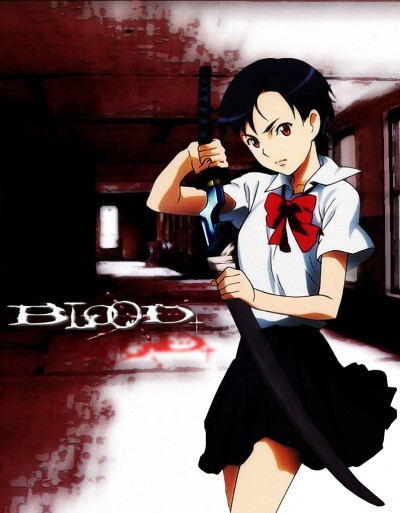 This is the third version of the same concept I’ve seen, following some years after the
This is the third version of the same concept I’ve seen, following some years after the  The back-story behind how this was made is, in some ways, more interesting than the film itself. The star and co-writer was working as a stripper, and came up with the idea, almost as a coping mechanism to handle some of the creeps with whom she had to interact. Funding came from a customer at one of the clubs. But, unfortunately, it turned out that the money he was “investing” was actually being embezzled, leading to a two-year crawl through post-production – it still hasn’t received an official release in its American home. Made in 1997, it looks like a fossil from an earlier, much scuzzier era, with both its grimy New York locations and feel harking back to the work of Abel Ferrara.
The back-story behind how this was made is, in some ways, more interesting than the film itself. The star and co-writer was working as a stripper, and came up with the idea, almost as a coping mechanism to handle some of the creeps with whom she had to interact. Funding came from a customer at one of the clubs. But, unfortunately, it turned out that the money he was “investing” was actually being embezzled, leading to a two-year crawl through post-production – it still hasn’t received an official release in its American home. Made in 1997, it looks like a fossil from an earlier, much scuzzier era, with both its grimy New York locations and feel harking back to the work of Abel Ferrara.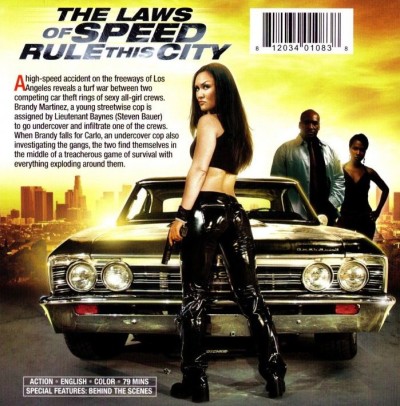 After a freeway chase ends in a fatal crash, a policewoman (Lizette) goes undercover to infiltrate the warring gangs of car thieves responsible. As “Baby” Martinez, she helps Eve (Lethridge) evade capture by an irate car-owner and, as a result, is recruited to join the all-female group of which Eve is a part, operating under the protection of Mama (Olivia Brown). However, Eve has a past to contend with, having defected from the gang led by Knight (Parker) – and worse still, taken his classic car with her. Unknown to her, the trunk holds a stash of drugs, whose loss leaves Knight feeling the heat from those in the criminal food chain above him. As a result, he’s prepared to go to any lengths to recover his property.
After a freeway chase ends in a fatal crash, a policewoman (Lizette) goes undercover to infiltrate the warring gangs of car thieves responsible. As “Baby” Martinez, she helps Eve (Lethridge) evade capture by an irate car-owner and, as a result, is recruited to join the all-female group of which Eve is a part, operating under the protection of Mama (Olivia Brown). However, Eve has a past to contend with, having defected from the gang led by Knight (Parker) – and worse still, taken his classic car with her. Unknown to her, the trunk holds a stash of drugs, whose loss leaves Knight feeling the heat from those in the criminal food chain above him. As a result, he’s prepared to go to any lengths to recover his property.